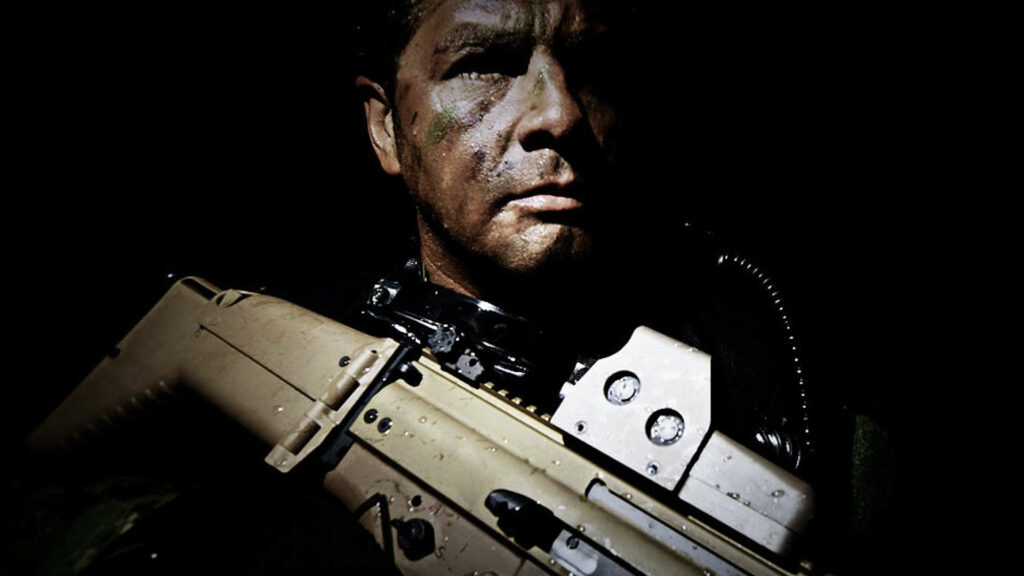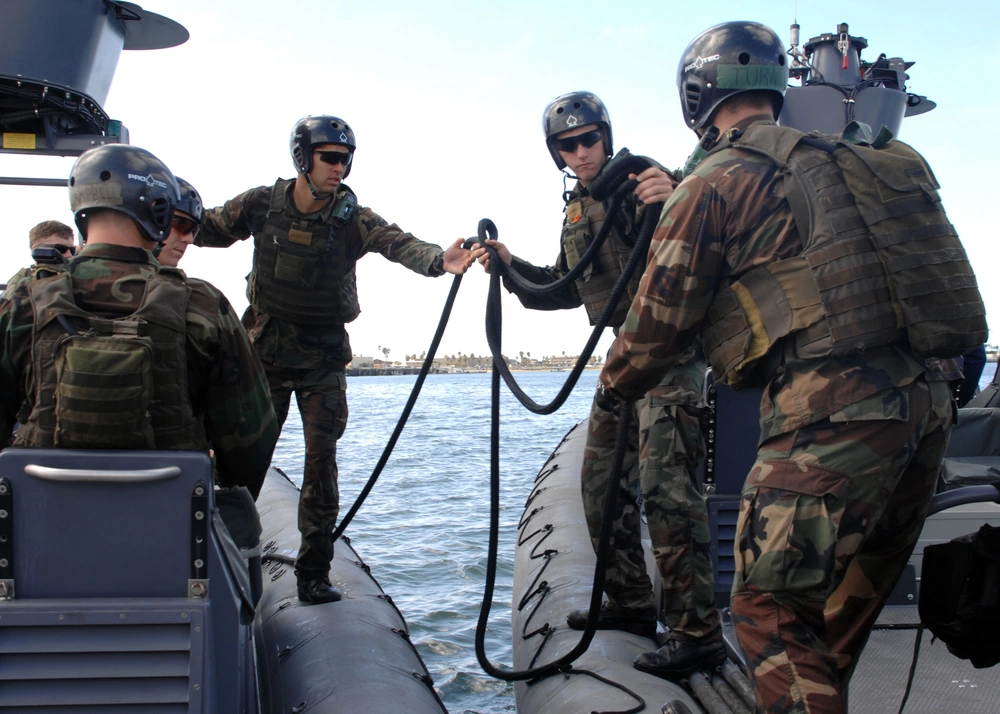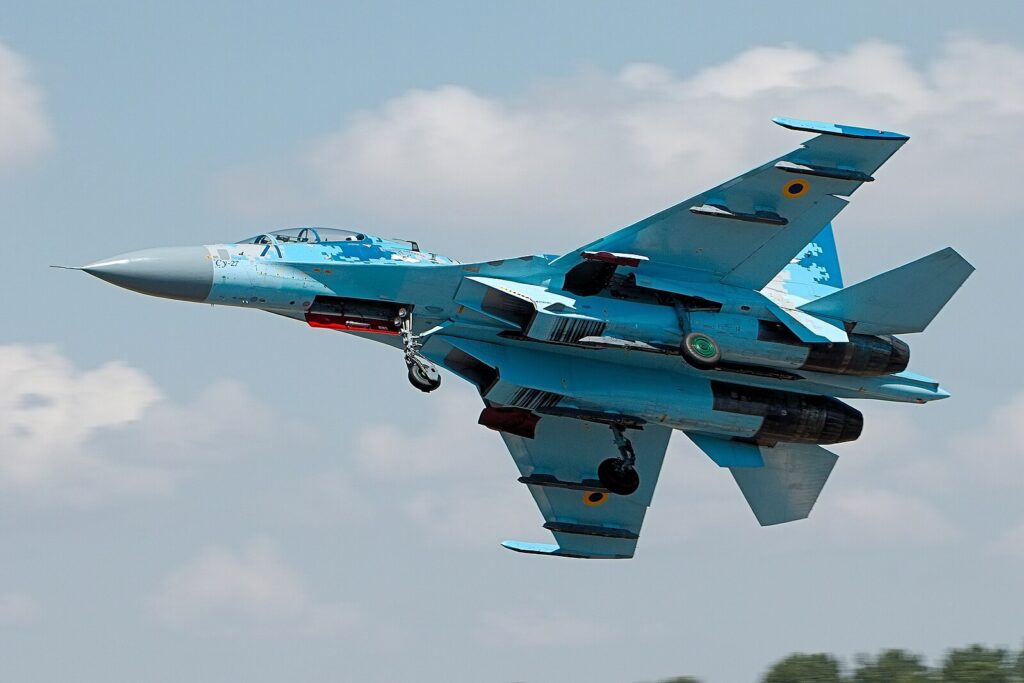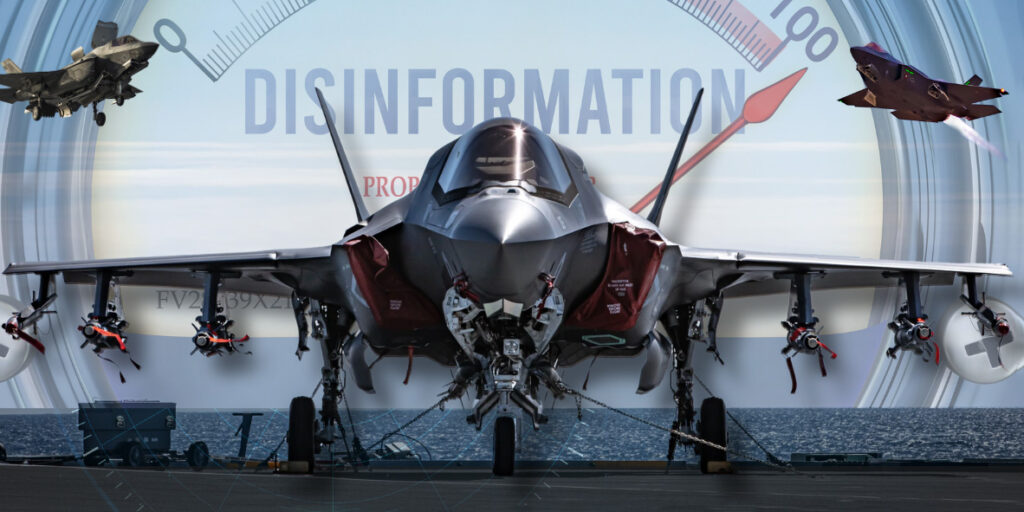Can the Naval Special Warfare’s new command fix the problems of the Navy’s elite?
- By Frumentarius
Share This Article

At an August 18, 2022 ceremony on Naval Amphibious Base Coronado, CA, the Navy SEALs unveiled their newest command, the Naval Special Warfare Assessment Command (NSWAC).
The newly-established Naval Special Warfare (NSW) component will fall under the Naval Special Warfare Center (NSWC), which is also the parent command of Basic Underwater Demolition/SEAL (BUD/S) training, the SEALs’ qualification course. The Naval Special Warfare community is not very big, relative to the rest of the U.S. Navy, so the addition of a new command doesn’t pass unnoticed.
NSW appears to have two main aims in creating the NSWAC. The first is to enhance its efforts in the recruitment and selection of NSW candidates, to both increase the diversity of its force and maximize the capabilities of its recruitment pool. Those are noble aims, and regarding the diversity of its force, NSW has struggled for decades to address that issue.
NSW’s second aim appears to be an enhanced leadership selection and assessment system across all ranks and positions.
According to the current commanding officer of NSWC, Navy SEAL Captain Brian Dreschler,
“Not only are we adapting the way we assess and select our potential candidates, but we are also evolving the assessment and selection of our leadership, officer and enlisted, at all levels of command.”
Related: Navy SEAL team celebrates milestone
Addressing leadership and recruitment

The creation of NSWAC could imply that the former system for assessing and selecting NSW leadership was inadequate or even dysfunctional.
While this conclusion is mine and not something that NSW leaders have admitted publicly, it nevertheless goes to what is perhaps the root cause for the creation of the NSWAC: a troubling trend over the last 15-plus years of various scandals inside NSW, and perceived violations of its “ethos,” or the explicit cultural norms SEALs are expected to adhere to.
Those accumulated incidents have ranged from what some in the NSW community see as a proliferation of self-aggrandizing books and media appearances, to far more serious cases of war crimes and murder linked to active-duty SEALs. I will not list them all here, as they have mostly been covered exhaustively in various media outlets.
In response to those numerous controversies, somewhere at the top of NSW’s leadership pyramid, and likely above that — within the larger U.S. Navy senior leadership — someone recognized that NSW had a big problem. To fix these problems, NSWAC aims to change how NSW recruits future SEALs and selects and assesses its officer and enlisted leaders.
Related: A Navy SEAL’s ode to his BUD/S instructors
The NSWAC needs to be allowed to succeed

It remains to be seen whether the NSWAC can be an effective force in assessing and selecting future SEALs and future SEAL leaders, or if it will be a toothless “advisory component” that simply weighs in with its assessments, which are then ignored by those with actual decision-making power.
A lot will depend on how much power NSW senior leaders grant the NSWAC. If they choose to adhere to its assessments and heed its recommendations, then it could bring about a real change. On the other hand, if NSWAC leadership relies on the same old methods of building the force and choosing its leaders, then even with a powerful voice, the command may fail to bring about real change. Or, NSW senior leaders may simply choose to keep the NSWAC at arm’s length, and relatively ineffective.
Some within NSW, furthermore, will likely no doubt argue that change is not even necessary given NSW’s operational success. However, given the controversies that have surrounded NSW for more than a decade, it is hard to argue that all is well.
Will the NSWAC solve NSW’s recruitment and leadership problems? Only time will tell. Yet, it is a tall order as I expect that the Assessment Command will be met with skepticism and possibly outright hostility by those within NSW who are accustomed to having a large sway in selecting both officer and enlisted leadership.
Feature Image: A Navy SEAL (Sealswcc.com)
Read more from Sandboxx News
- Why the military has an office dedicated to tracking the world’s biggest blocks of ice
- The massive carrier problem the Navy’s F/A-XX has to solve
- What does a former Navy SEAL think of the Garmin fitness smartwatch?
- A Green Beret remembers his favorite foreign weapons
- Curious adventures at Amsterdam airport with the Delta Force
Related Posts
Sandboxx News Merch
-

‘AirPower’ Golf Rope Hat
$31.00 Select options This product has multiple variants. The options may be chosen on the product page -

‘Kinetic Diplomacy’ Bumper Sticker (White)
$8.00 Add to cart -

‘Kinetic Diplomacy’ Bumper Sticker (Black)
$8.00 Add to cart
Frumentarius
Frumentarius is a former Navy SEAL, former CIA officer, and currently a battalion chief in a career fire department in the Midwest.
Related to: Breaking News, Military Affairs

Where do NATO reporting names come from?

The A-12 Avenger II would’ve been America’s first real ‘stealth fighter’

Why media coverage of the F-35 repeatedly misses the mark

It took more than stealth to make the F-117 Nighthawk a combat legend
Sandboxx News
-

‘Sandboxx News’ Trucker Cap
$27.00 Select options This product has multiple variants. The options may be chosen on the product page -

‘AirPower’ Classic Hoodie
$46.00 – $48.00 Select options This product has multiple variants. The options may be chosen on the product page -

‘AirPower’ Golf Rope Hat
$31.00 Select options This product has multiple variants. The options may be chosen on the product page -

‘Sandboxx News’ Dad Hat
$27.00 Select options This product has multiple variants. The options may be chosen on the product page
